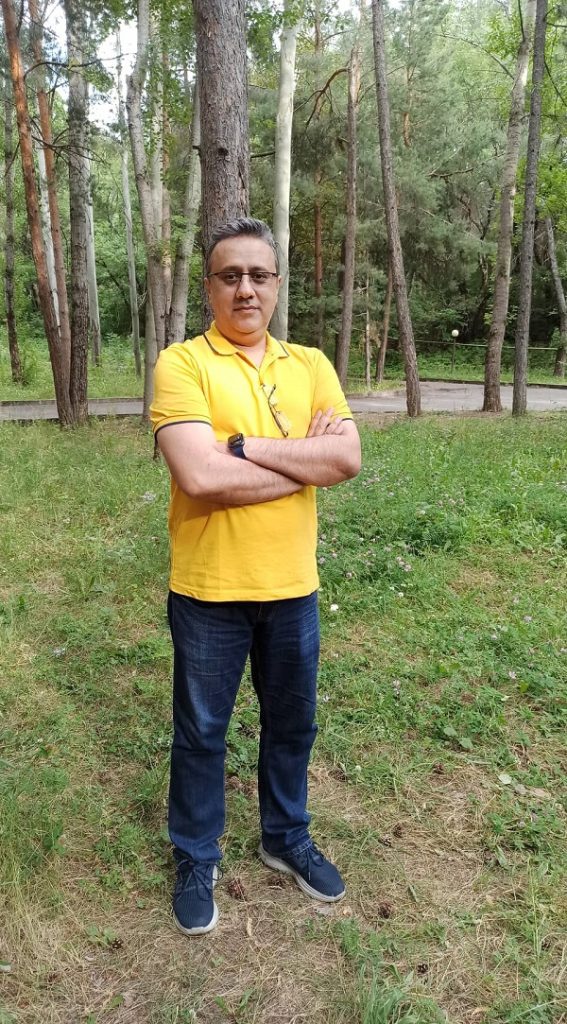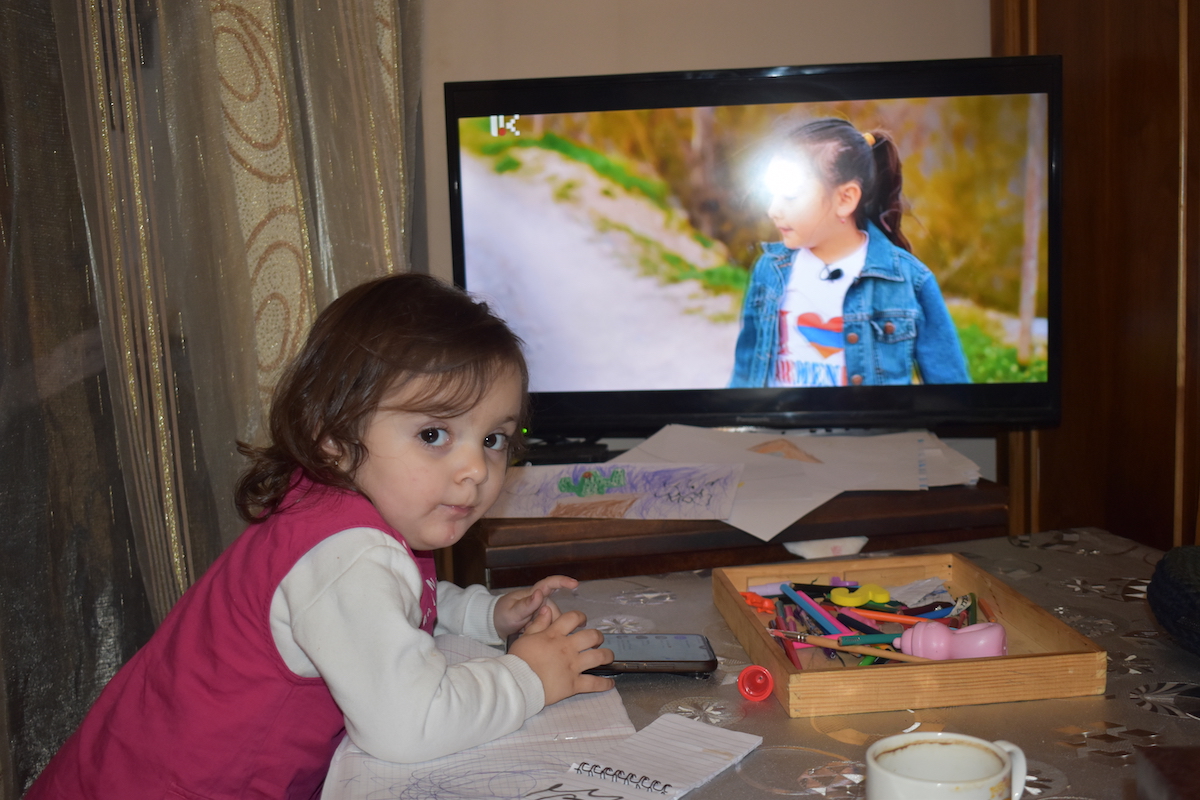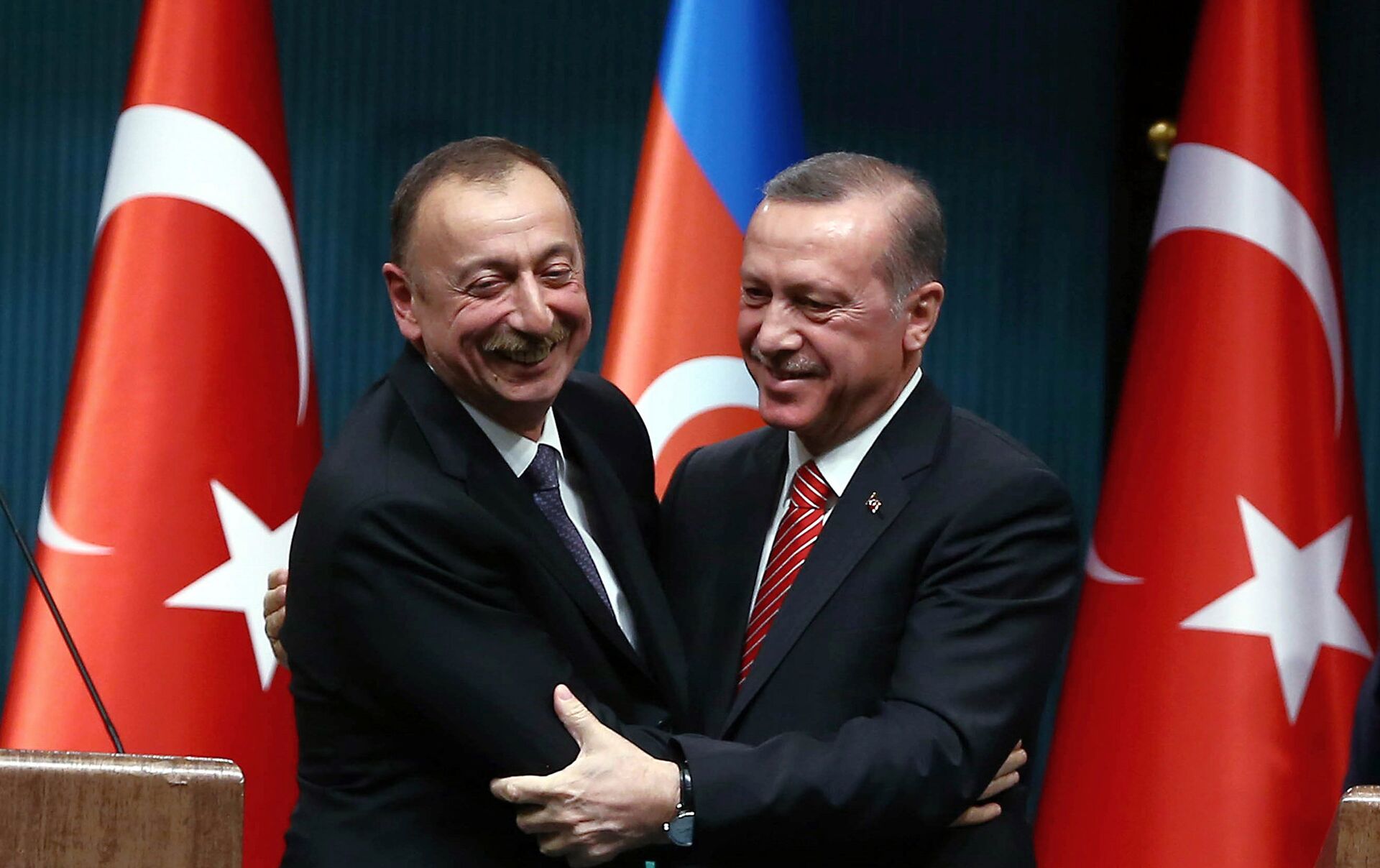“No homeland, but home and shelter”: how to obtain asylum in Armenia
How to obtain asylum in Armenia
It is usually ethnic Armenians who have been forced to leave their homes in other countries who seek asylum in Armenia. Most often they apply for asylum in Armenia due to “ethnic persecution” or wars. Those of other nationalities are less likely to apply for asylum in Armenia; these are people who feel unsafe in their homeland.
About who may obtain refugee status and how, what problems these people face in Armenia, how they integrate in new conditions and an unfamiliar society. Personal history as well as expert opinion.
- “While my country is in turmoil, I will live here” – asylum seekers in Armenia
- How are Karabakh residents restoring their businesses after the war?
- Post-war life of displaced residents of Nagorno-Karabakh
“Home is where you are happy”
“Hello, nice to meet you. My name is Babak,” the stranger says in pure Armenian and smiles. The fact that he’s not local is only betrayed by his accent.

Babak Ashtari is from Iran, but he has been living in Armenia for fourteen years. In his homeland, Babak was the editor-in-chief of an opposition newspaper. After the 2005 presidential election, it was clear to him that serious changes were taking place in his country. A few years later, the owners of the newspaper let him know that “black clouds are gathering” not only around the newspaper, but around him personally.
“I saw how freedom of speech was being suppressed and dissidents being persecuted, and I knew that my turn would come. Unlike many who had had months to arrange their departure from Iran, I had two just weeks. The choice was small — Armenia or Turkey. My mother was sick, and I knew that if I went to other countries, I’d have to give up the idea of ever seeing her again. I wasn’t ready for this,” says Babak.
Two weeks later he was in Armenia, about which he knew nothing. The first thing Babak did was ask for asylum. After that he was placed in a temporary accommodation center for those seeking asylum in Armenia. Despite some difficulties, Babak says that his days at the shelter were among the happiest of his life:
“Even my years in Iran couldn’t compare to my days at the center. Here I was truly happy; every day I learned something new, and most importantly I felt free, absolutely free. Four years after my arrival I was able to bring my mother here too, and had the opportunity of spending the last years of her life beside her.”
He also learned his first Armenian words in this temporary residence provided by the state. The guards of the building, with whom he is still friends, taught him, Babak relates.
“People from many different countries lived here. This building reminded me of a miniature Babylon. No one knew the neighbor’s language, but everyone understood each other perfectly because they shared a fate — the fate of one who has left their homeland,” he says.
Those with refugee status solve their own problems
A few months later, Babak was granted asylum and received refugee status. Under this status, he says, you may receive an exit passport, some rights and the same number of problems:
“When you are just asking for asylum, you are provided with temporary housing, food and hygiene items. And when you receive refugee status, you get almost the same rights as an Armenian citizen, except for the right to participate in national elections and buy land.
“On the other hand, you are responsible for supporting yourself — finding a job, renting an apartment, trying to integrate. The last one is the most difficult even in such a hospitable country as Armenia. The language is very beautiful, but also very complex, very difficult to learn, and this is the first step toward integration.”
At the same time, he does not understand those in constant need of help. Babak says Armenia has given those in need of asylum the most important thing — protection, after which everyone must solve their own problems:
“Finding a job in Armenia is very difficult. But my Armenian friends have the same problems. There are many different problems, add to them a lack of knowledge of the language, difference in cultures, and sometimes also a deep distrust of foreigners. But I don’t know a country where these problems do not exist. We refugees left our homeland to save our lives. Here we are protected, which means that each of us can calmly consider what to do next.
Babak is surprised that locals do not know that there are refugees in Armenia. Every time he talks about his status, he is asked the same question: “Are you an Armenian from Azerbaijan?” Many cannot believe that there are people who come to Armenia in search of a better life. But he says he doesn’t regret his choice.
“I never missed my homeland, I don’t know why. Perhaps because I no longer have loved ones there. Now I know that if I ever leave Armenia, I will miss it, because here I am at home. Home is where you are happy. I’m happy here.”
He has little free time, busy with translation, publishing, creating computer programs, and thinking about returning to journalism.
In spite of this, he tries to help those in the same situation as he was.
“Many help those who are in trouble, but only those who have the same fate understand each other,” says Babak.
How to get asylum — step by step
According to internationally recognized norms and its own legislation, Armenia provides asylum to all foreign citizens and stateless persons who have been forced to leave their country of citizenship or permanent residence due to persecution.
Persecution that may pose a serious threat to the life and freedom, as well as a reasonable likelihood of being subjected thereto, are grounds for seeking asylum and protection in another country.
More than 140 countries in the world that acceded to the 1951 UN Convention “On the Status of Refugees” to provide international protection to those persecuted in the country of their citizenship or permanent residence.
The Convention also precisely defines the term “refugee”. This is considered to be a person who
• Is outside the country of his or her citizenship or habitual residence and is unable or unwilling to avail himself of the protection of that country because of a well-founded fear of persecution due to their race, religion, nationality, membership of a particular social group or political opinion;
• is stateless and, being outside their country of permanent residence, cannot or does not want to return there.
In 2008, Armenia adopted the law “On Refugees and Asylum”, in which, in addition to the five grounds for recognition as a “refugee” enshrined in the convention, were added:
• mass violations of human rights,
• mass violence,
• internal conflicts,
• serious violations of public order.
Anyone can apply for asylum at all border points in Armenia — verbally, in any language they know, or even explaining with gestures a need for protection.
While applications are being considered, which takes about three to six months, applicants live in a temporary housing, or are given an amount of money to rent housing. Asylum seekers are given 20 thousand drams [about $48] for each member of a family. In addition, they are provided with food and hygiene items.
All who refugee status and asylum in Armenia lose the opportunity to live in temporary housing. Financial assistance is also terminated therewith.
On the other hand, they receive equal rights with foreign citizens living here legally for:
• free legal assistance,
• education,
• medical care,
• social security,
• work,
• free movement.
Who is more likely to apply for asylum
Most asylum seekers in Armenia are from the surrounding region, and applications are made to flee political events, even war, in the countries.
The majority of asylum seekers in Armenia were citizens of Azerbaijan, Iraq and Syria, most of whom are ethnic Armenians.
From 1988-1992, of about half a million ethnic Armenians from Azerbaijan, 360,000 found refuge in Armenia. For 1997, the number of refugees living in Armenia was approximately 310,000. After that, the recalculation of internally displaced persons from Azerbaijan was not carried out.
In recent years, many citizens of Iran, Cuba, Turkey and Pakistan have joined the ranks of asylum seekers. There are even applications from some African countries.
Over the past 10 years, 2,775 people have applied for asylum and 1,550 have been recognized as refugees.
In 2022, after the outbreak of hostilities in Ukraine, 225 Ukrainians applied for asylum — while no one has received refugee status, with applications still under consideration.
Exit passport: a document no one knows anything about
Babak says that he is satisfied with his life in Armenia, though he still does not understand everything here. For example, he can’t understand what people mean when they suddenly exclaim in conversation: “Do you know who I am?” But it only makes him smile.
There is also a more serious question — why does no one in the country know anything about the refugee passport, the so-called travel document:
“I face this problem every time I need to make some kind of transaction, present an identity document, for example to buy a mobile phone number. Nobody knows that there is such a passport in Armenia. I can understand that service workers don’t know about it. But it amazes me when they don’t know about this in the passport office of the police.”
The document, issued to those with refugee status, opens up many opportunities, rights and obligations, says Nelli Davtyan, public relations officer of the Armenian migration service. In fact, this document gives refugees almost the same rights as the passport of an Armenian citizen.
But very few people actually know about it. Most often, problems with it arise when pursuing basic services such as mobile phones and internet.
“In the 1990s, 10% of the Armenian population had refugee status and a corresponding passport [referring to internally displaced persons from Azerbaijan granted refugee status – JAMnews]. This is an impressive figure, but this document has not received sufficient distribution either in public or commercial institutions to be recognized by all entities providing public services.
“There’s not only a problem with visual recognition, but also software, so that when you enter the document numbers, systems don’t even recognize it. A software solution is needed, because this document differs from the passports of the Republic of Armenia, for example in the number of digits,” Nelli Davtyan says.
She further states that the Migration Service regularly raises this issue, and a copy of the document is distributed from time to time among companies and institutions providing various services. But, as a rule, this information does not reach the level of inter-service cooperation:
“Naturally, employees may not have seen this document, which raises doubts among them. Of course, in this case, there is a solution — the employee can find a legal act on the document, read it, or call the relevant institutions, for example the migration service or the passport and visa department of the police. But this is obviously a matter of the employee’s diligence.. Usually in such cases, the refugee is simply refused service.”
How to get asylum in Armenia


























